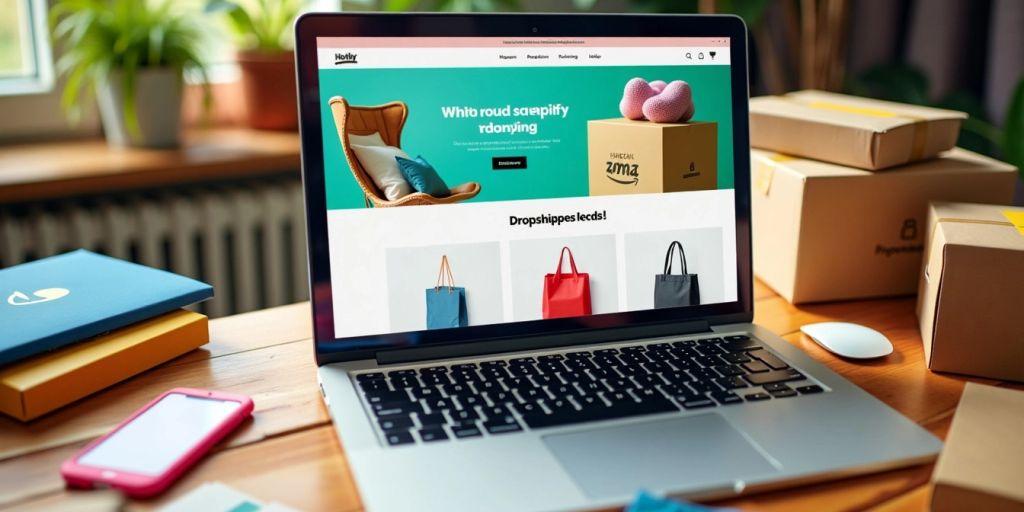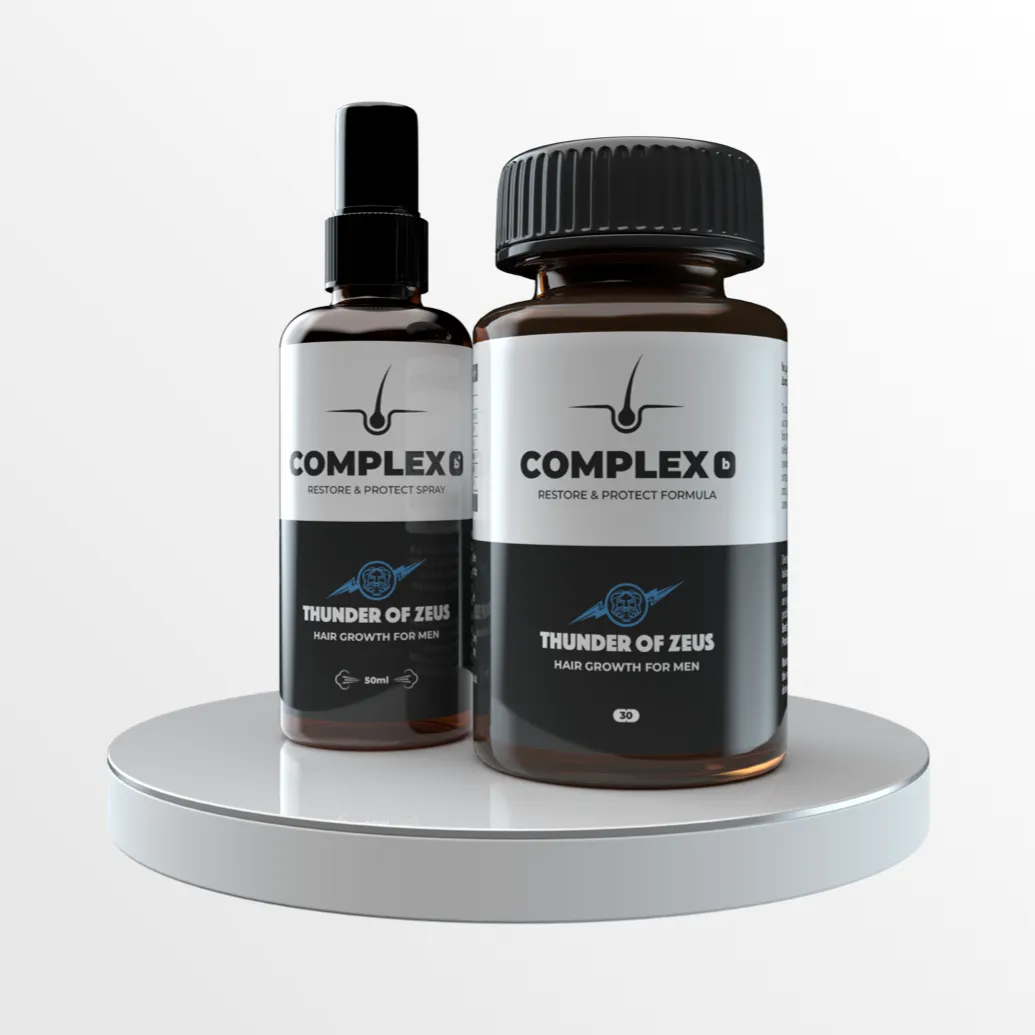How to start dropshipping with Shopify and how much it costs?

Understanding Shopify and Dropshipping

What is Shopify?
When we think about starting an online store, Shopify often comes to mind. It’s a platform that helps us create our own eCommerce website without needing to know how to code. With Shopify, we can easily set up our store, choose a design, and start selling products. It’s user-friendly, making it perfect for beginners who want to dive into the world of online selling.
What is Dropshipping?
Now, let’s talk about dropshipping. This is a business model where we don’t have to keep any products in stock. Instead, when someone buys something from our store, we purchase it from a supplier who ships it directly to the customer. This means we can run our store without worrying about inventory or shipping, which is pretty cool!
How Shopify and Dropshipping Work Together
So, how do Shopify and dropshipping fit together? Well, Shopify makes it super easy for us to connect with dropshipping suppliers. We can use apps like Oberlo to find products, add them to our store, and manage orders. This way, we can focus on marketing and growing our business without getting bogged down by the logistics. Plus, we can start dropshipping with Shopify for free, but we should keep in mind that some costs will pop up as we grow our store. Overall, it’s a great way to jump into the eCommerce world!
Setting Up Your Shopify Store for Dropshipping
Choosing a Shopify Plan
When we decide to start our dropshipping journey, the first thing we need to do is pick a Shopify plan that fits our needs. Shopify offers different plans, and we should choose one that gives us the features we need without breaking the bank. The basic plan is a great starting point, especially if we’re just testing the waters. As our business grows, we can always upgrade to a more advanced plan.
Registering a Domain Name
Next up, we need to register a domain name for our store. This is like our online address, and it’s important that it reflects our brand. We want something catchy and easy to remember. Shopify makes it super easy to buy a domain right through their platform, so we can get everything set up in one place.
Designing Your Store
Now comes the fun part—designing our store! We want our online shop to look inviting and professional. Shopify has tons of themes we can choose from, and we can customize them to match our style. It’s important to create a user-friendly layout so that our customers can easily find what they’re looking for. Adding product descriptions, reviews, and even a blog can help make our store more engaging. Plus, a well-designed store can help us stand out from the competition!
Finding Reliable Dropshipping Suppliers

Using Oberlo for Shopify
When we think about finding good dropshipping suppliers, Oberlo often comes to mind. It’s a handy tool that connects us with suppliers who are ready to ship products directly to our customers. This means we don’t have to worry about holding inventory or shipping items ourselves. We can browse through a wide range of products and pick what fits our store best. Plus, it’s super easy to use, which is a big win for us as we start our dropshipping journey.
Exploring Other Supplier Directories
While Oberlo is great, it’s not the only option out there. We can also check out other supplier directories. These platforms can help us find unique products and suppliers that might not be on Oberlo. It’s like exploring a treasure chest of possibilities! By looking at different directories, we can discover new niches and products that can set our store apart from the competition.
Evaluating Supplier Reliability
Finding suppliers is one thing, but making sure they’re reliable is another. We need to do our homework here. Checking reviews, asking for samples, and communicating with suppliers can help us gauge their reliability. It’s important to build a good relationship with them, as this can lead to better service and support down the line. After all, we want to ensure our customers are happy with their orders, and that starts with choosing the right suppliers.
Essential Costs to Start Dropshipping on Shopify
When we think about starting our dropshipping journey on Shopify, it’s important to know what costs we’ll face. First up, we have the Shopify Subscription Plans. The basic plan is a great starting point, costing around $24 a month if we pay yearly. This plan gives us the tools we need to set up our store without breaking the bank. If we decide to pay monthly, it’s a bit more at $32. Either way, it’s a small price to pay for the features we get.
Next, we need to consider Domain Name Costs. A domain name is like our store’s address on the internet, and it’s essential for building our brand. We can buy a domain through Shopify for about $14 a year, or we can check out other registrars that might offer it for a bit less. It’s a good idea to invest in a domain that reflects our business.
Finally, we have the Theme and Design Costs. While Shopify offers free themes, we might want to invest in a premium theme to make our store stand out. Premium themes can range from $140 to $180, but they often come with more features and a better design. This investment can help us attract more customers and improve our sales.
In total, we can expect to spend less than $100 to get started with dropshipping on Shopify. By keeping these essential costs in mind, we can plan our budget wisely and set ourselves up for success!
Optional Costs to Enhance Your Shopify Store
Paid Apps and Plugins
When we think about making our Shopify store better, we often look at paid apps and plugins. Sure, there are free options out there, but sometimes, spending a little can really pay off. These paid tools can help us manage our store more efficiently, improve customer experience, and even boost sales. Prices for these apps usually start around $19 a month and can go up to $100 or more, depending on what features we need. It’s all about finding the right balance between cost and benefit.
Marketing and Advertising Costs
Next up, we have marketing and advertising costs. Getting our store noticed is super important, and that often means spending some money. Whether it’s running ads on social media or using email marketing, these costs can add up quickly. For example, if we want to reach a lot of people on Facebook, we might need to spend around $115 just to get a few sales. But remember, the better our ads are, the more we can lower our costs per click. So, it’s worth putting in the effort to create great ads that attract customers.
Advanced Shopify Plans
Lastly, we should consider the costs of upgrading to advanced Shopify plans. While the basic plans are great for starting out, as our business grows, we might need more features. These advanced plans can offer better support, lower transaction fees, and more customization options. The extra cost can be worth it if it helps us run our store more smoothly and increases our profits.
In the end, while these optional costs might seem like a lot, they can really help us enhance our Shopify store and improve our chances of success. It’s all about making smart choices that fit our budget and goals.
Managing Orders and Fulfillment

Automating Orders with Oberlo
When we start dropshipping, one of the biggest tasks is managing orders. Thankfully, tools like Oberlo can help us automate this process. With Oberlo, we can easily import products from suppliers and fulfill orders with just a few clicks. This means we can focus more on growing our business instead of getting bogged down in paperwork. It’s like having a personal assistant who handles the nitty-gritty details for us!
Handling Returns and Refunds
Returns and refunds are part of the game, and we need to be ready for them. If a customer isn’t happy with their purchase, we should have a clear return policy in place. This helps us manage expectations and keeps our customers satisfied. We can quickly process returns and refunds, which not only helps us maintain a good relationship with our customers but also boosts our store’s reputation.
Tracking Shipments
Keeping track of shipments is crucial for our dropshipping business. We want to ensure our customers know where their orders are at all times. By providing tracking information, we can keep our customers in the loop and reduce anxiety about their purchases. Plus, it shows that we care about their experience, which can lead to repeat business. Using Shopify’s built-in tools, we can easily manage and track shipments, making the whole process smoother for everyone.
Legal and Financial Considerations
Business Registration
When we start our dropshipping journey, one of the first things we need to think about is registering our business. Depending on where we live, this can cost anywhere from $50 to $800 or even more. It’s important to make sure we’re following the rules so we don’t run into trouble later on. Getting legal advice can also help us understand what we need to do, but it might add to our costs.
Payment Processing Fees
Next up, we have payment processing fees. When customers buy from us, we usually have to pay a small fee to the payment service we use. This can be a percentage of the sale or a flat fee. It’s something we need to keep in mind when we’re pricing our products, so we don’t end up losing money.
Taxes and Compliance
Lastly, we can’t forget about taxes. Depending on where we operate, we might need to collect sales tax from our customers. This can get a bit tricky, so it’s a good idea to stay updated on the rules in our state. Making sure we’re compliant with all the legal stuff is super important for the long-term health of our business.
Tips for Cost-Effective Dropshipping on Shopify

Utilizing Free Trials and Discounts
When we start our dropshipping journey on Shopify, it’s smart to take advantage of free trials and discounts. Many apps and services offer trial periods, allowing us to test them out without spending a dime. This way, we can find what works best for our store without breaking the bank.
Choosing Cost-Effective Apps
As we build our store, we might feel tempted to use a lot of apps to enhance our business. However, it’s important to choose wisely. We should look for apps that provide the best value for our money. Sometimes, a single app can do the job of several, so we need to do our research and pick the ones that truly help us grow.
Optimizing Marketing Spend
Marketing can be a big expense, but we can be smart about it. Focusing on social media and email marketing can save us money while still reaching our audience effectively. By creating engaging content and connecting with our customers, we can boost our sales without overspending.
Success Stories from Shopify Dropshipping Entrepreneurs
Case Study: The Critter Depot
At The Critter Depot, we started out breeding crickets and wanted to expand our offerings. However, we didn’t have the resources or the market data to justify investing in new feeder insects. So, we decided to partner with other insect farms for dropshipping. Jeff Neal from our team shared, "It gave us the chance to test a new market without getting overly committed. Now that we're able to get some data on these new products, we can make an informed decision on which direction to invest in so that we can start breeding different insects."
Lessons Learned from Successful Stores
Another entrepreneur, Jeff Moriarty, runs Dog Christmas Stockings and credits his success to finding a unique niche. He admits that he hesitated for two years to start dropshipping because he was worried about losing profits. But now, he says, "The time that dropshipping has saved me is worth way more than the cost." With a full-time job, he appreciates the many Shopify apps that make dropshipping easier. He recommends using apps like Ultimate Special Offers for promotions and Klaviyo for emails.
Expert Tips and Advice
Gene Kursky, CEO of GoodAirX.com, emphasizes the importance of being cautious with suppliers. He advises us to vet suppliers carefully and build relationships with them. He also suggests investing in fraud prevention systems, especially for high-ticket items. Gene says, "For dropshippers who are selling high ticket items, I would strongly recommend investing in an eCommerce fraud prevention system."
These stories show us that with the right approach, dropshipping can be a great way to grow a business without taking on too much risk.
Common Challenges and How to Overcome Them
Dealing with Supplier Issues
When we dive into dropshipping, one of the biggest headaches can be our suppliers. Sometimes, they might not have the products we need, or they could take too long to ship. To tackle this, we should always have a backup supplier in mind. This way, if one supplier runs into trouble, we can quickly switch to another without losing sales. Keeping an open line of communication with our suppliers can also help us stay updated on stock levels and shipping times.
Managing Customer Expectations
Another challenge we face is keeping our customers happy. They expect fast shipping and quality products. If something goes wrong, like a delayed shipment, we need to be proactive. Let’s keep our customers informed about their orders and be honest about any delays. A little transparency goes a long way in building trust. Plus, offering excellent customer service can turn a negative experience into a positive one.
Handling Financial Risks
Financial risks are part of the game, too. We might spend a lot on ads without seeing immediate returns. To avoid this, we should track our spending closely and adjust our strategies based on what works. Setting a budget for ads and sticking to it can help us manage our finances better. It’s all about finding that balance between spending and earning.
Scaling Your Shopify Dropshipping Business
Expanding Product Range
As we grow our dropshipping business, one of the first things we should think about is expanding our product range. Adding new products can attract more customers and keep our store fresh. We can look for trending items or even seasonal products that might catch the eye of our audience. It’s all about keeping things exciting and relevant!
Increasing Marketing Efforts
Next up, we need to ramp up our marketing efforts. This means not just sticking to one platform but exploring different channels. Social media, email marketing, and even influencer partnerships can help us reach a wider audience. The more people know about our store, the better our chances of making sales. Plus, we can experiment with different marketing strategies to see what works best for us.
Upgrading Shopify Plans
Finally, as our business grows, we might want to consider upgrading our Shopify plan. The basic plan is great to start, but as we scale, we may need more features and tools to manage our store effectively. Upgrading can give us access to advanced reporting, better shipping options, and more customization features. It’s all about making sure we have the right tools to support our growth.
Wrapping It Up
So, there you have it! Starting a dropshipping business with Shopify is totally doable and doesn’t have to break the bank. You can kick things off for under $100, which is pretty awesome. Just remember to keep an eye on those extra costs that might pop up. With the right planning and a bit of creativity, you can build a successful online store without the hassle of handling inventory. So, get out there, do your research, and start your dropshipping adventure today!




